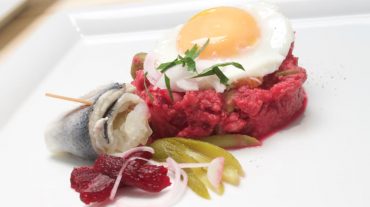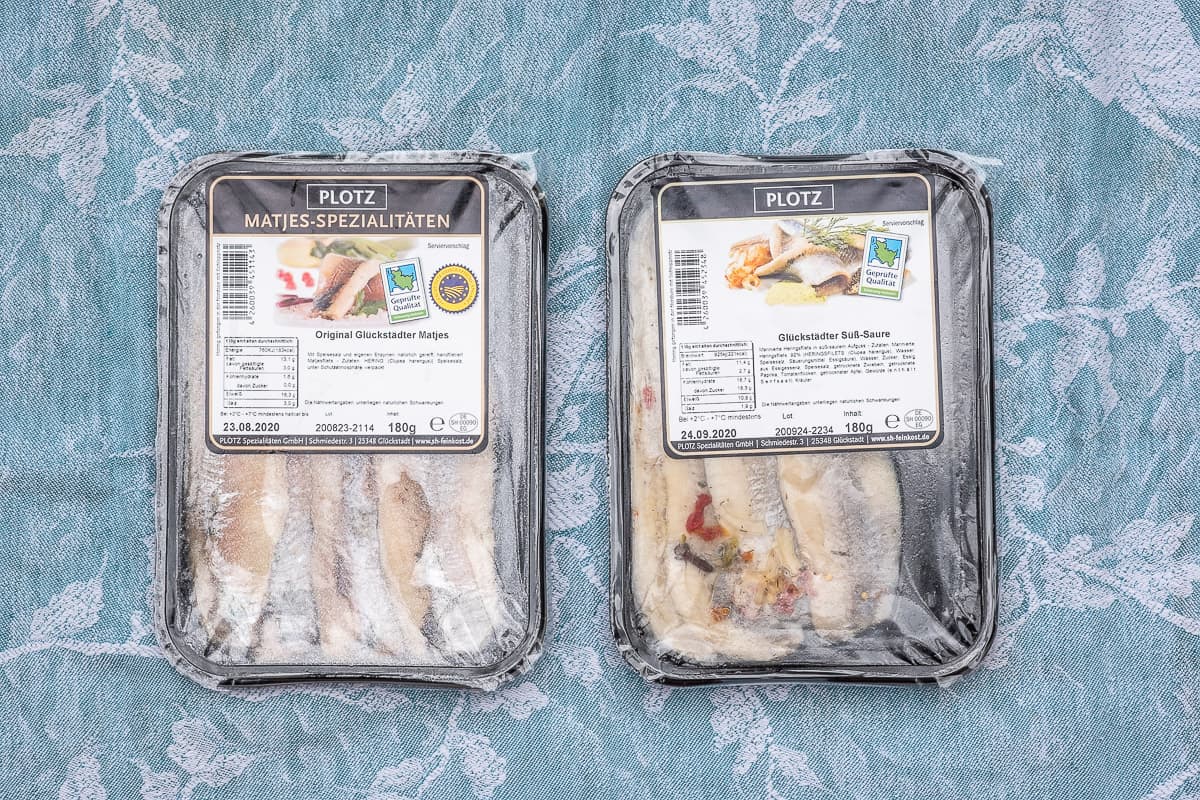Matjes – Pickled White Herring
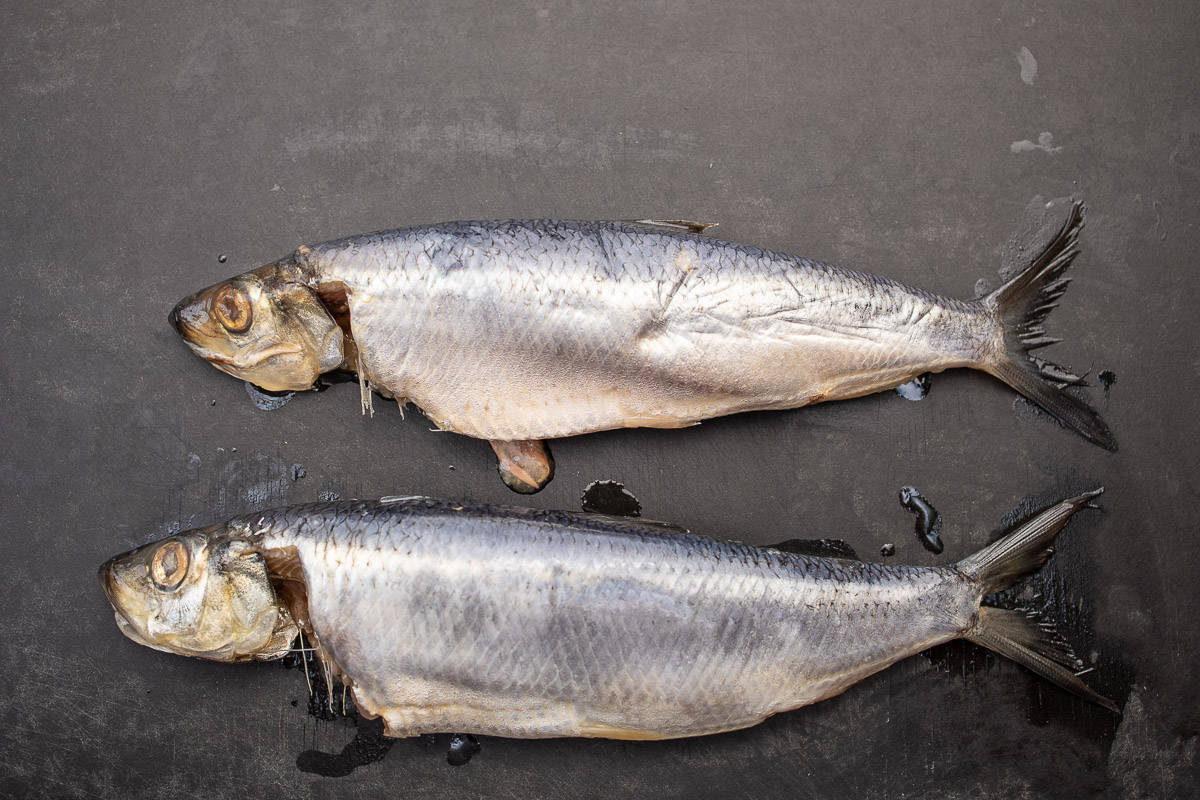
Author:
Thomas Sixt is a chef, food photographer, cookbook author and blogger.
Here he shares recipes, answers cooking questions and helps with cooking.
Tender, young herring – mildly salted and matured.
We know the traditional fish delicacy mostly pickled in oil or prepared housewife-style.
The fish tastes best fresh from the barrel.
This article provides information about maties. Here you will learn what you always wanted to know and many tips for buying and preparing it in the kitchen.
1. Matjes, Pickled White Herring Definition And Season
Matjes is a young herring. The fish are caught in the months of May, June and July.
Afterwards, the fish is gutted and salted. Salting the fish in brine allows it to mature whole without spoiling.
Knowledge:
Herring “throats”: The gills and the innards are removed – only the pancreas remains in the fish.In traditional production, the natural enzymes contained in the pancreas ensure natural maturation in the brine and dry salt.
This herring is the best!
Recommends Chef Thomas Sixt
2. How Matjes, Pickled White Herring Gets From the Barrel To the Plate
Marinating the fish in brine preserves it and the fish meat matures into tender and creamy matjes.
The bones can be easily removed afterwards:

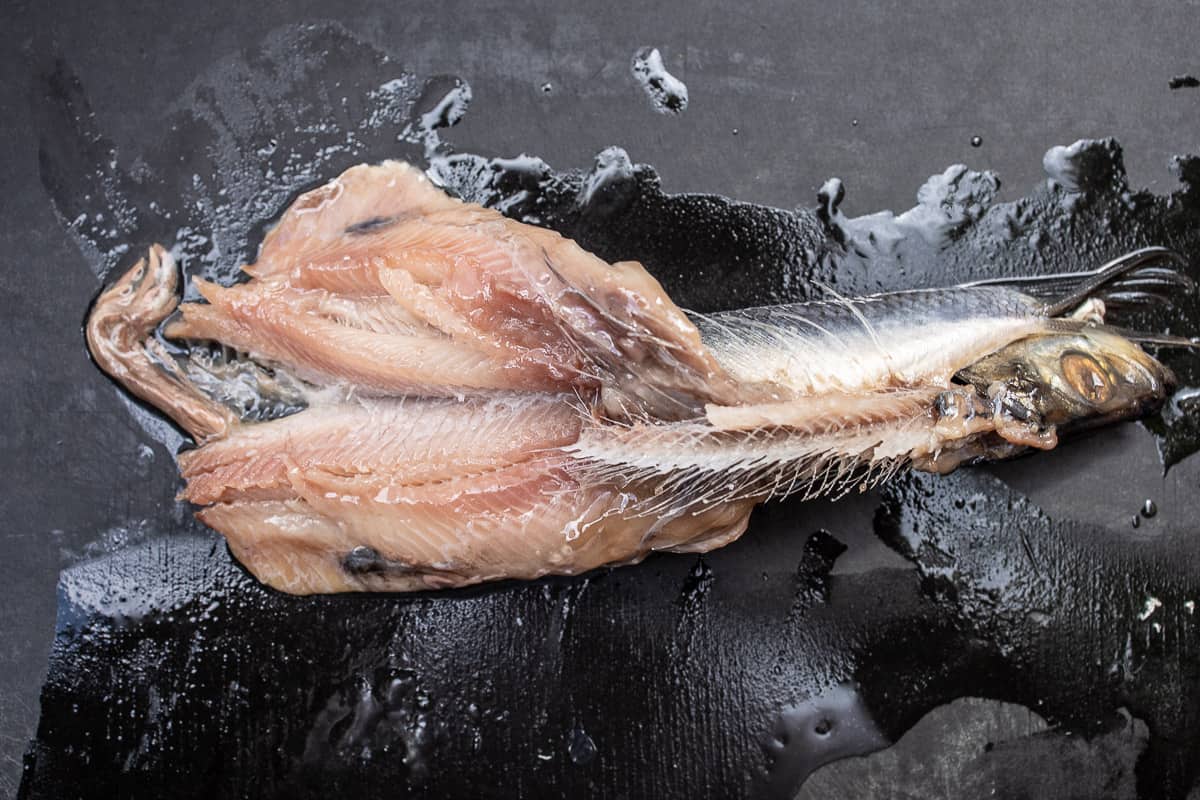
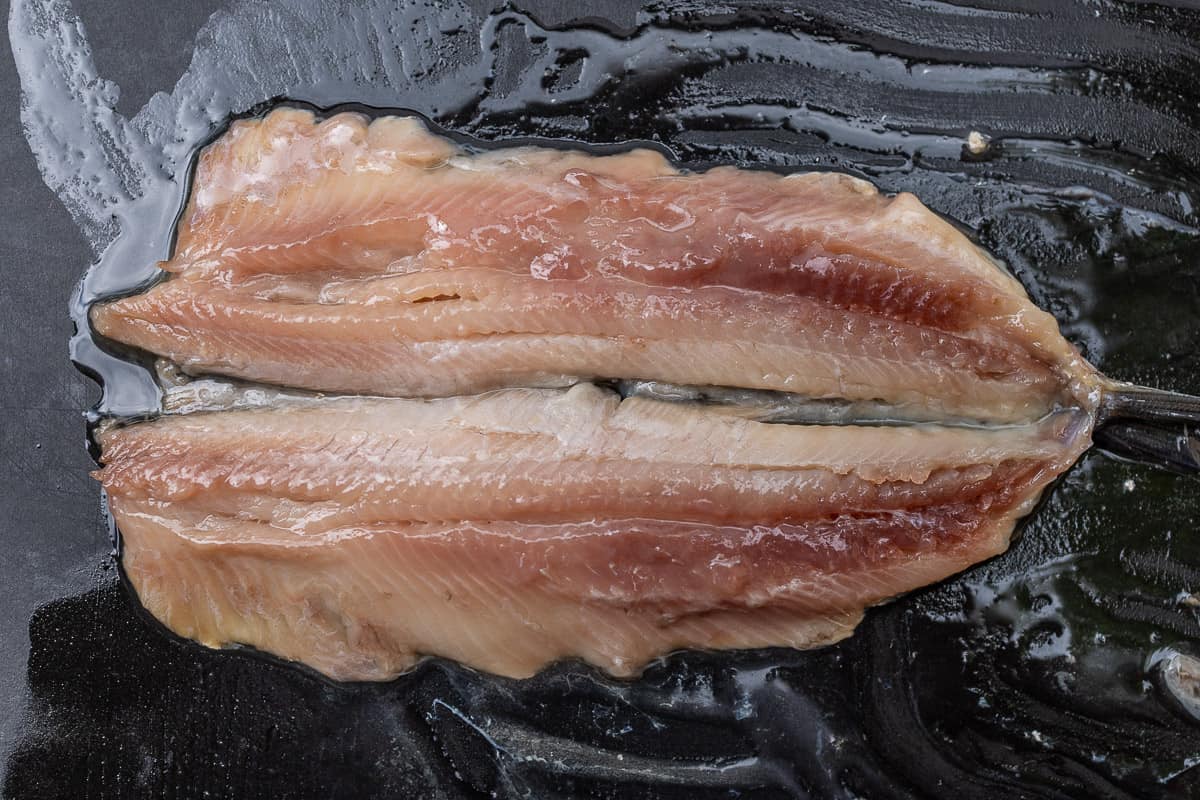
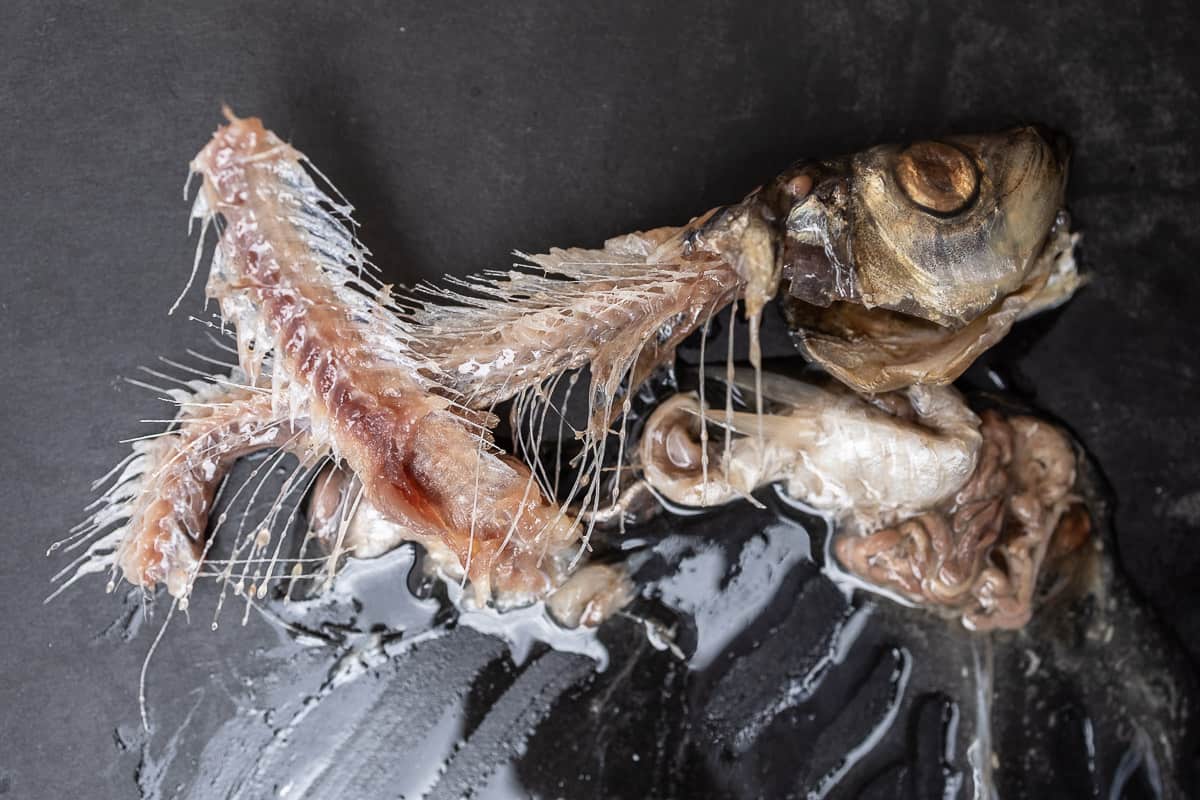
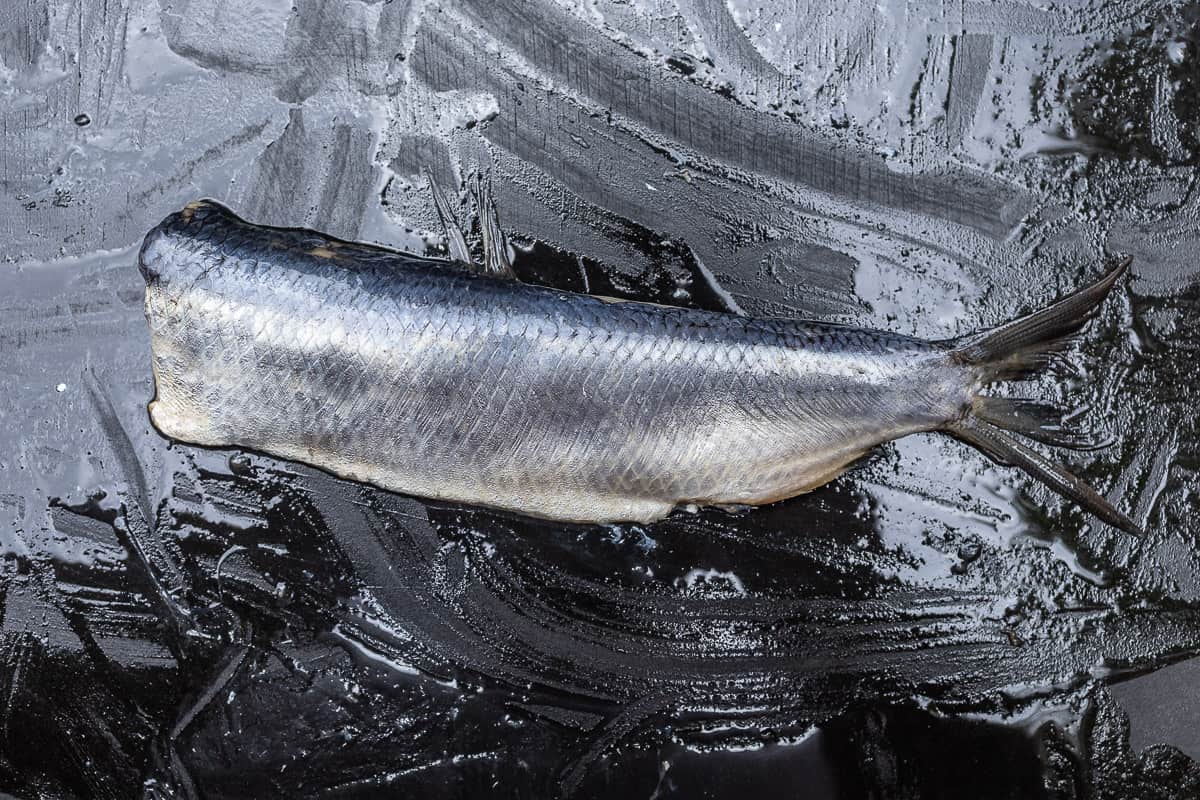
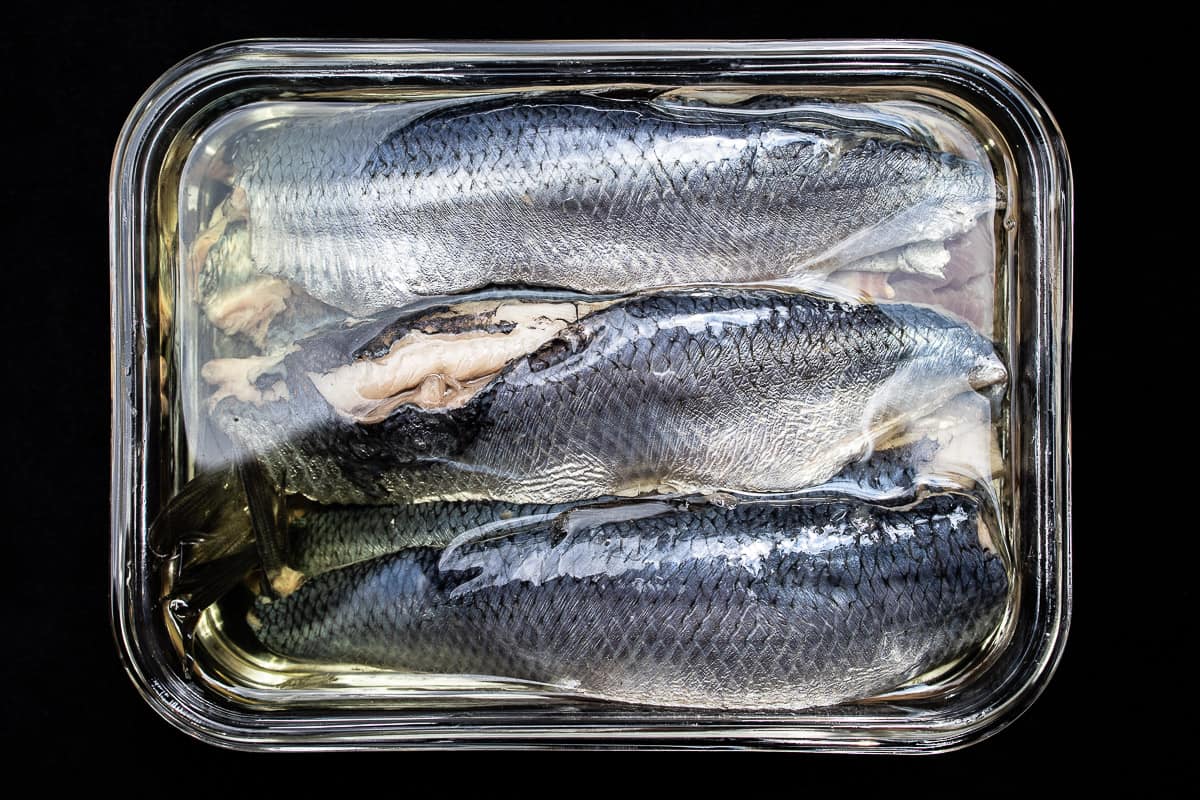
Filleting maties yourself is a time-consuming task. It is best to buy the fish prepared!
Recommends Chef Thomas Sixt to save time!
3. Popular Matjes Flavours
In addition to the traditional method, today the fish is refined and refined in many ways.
This gives us a variety of flavours and allows us to prepare the delicate fish in many different ways:
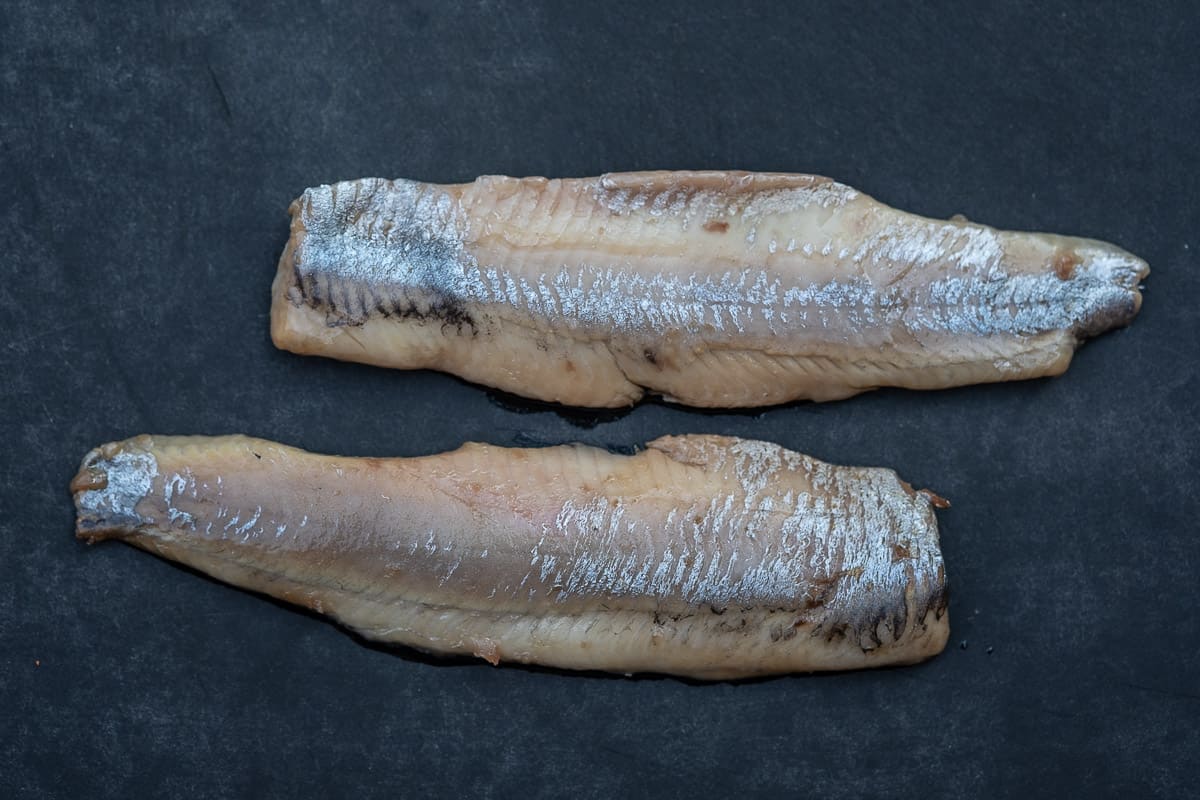
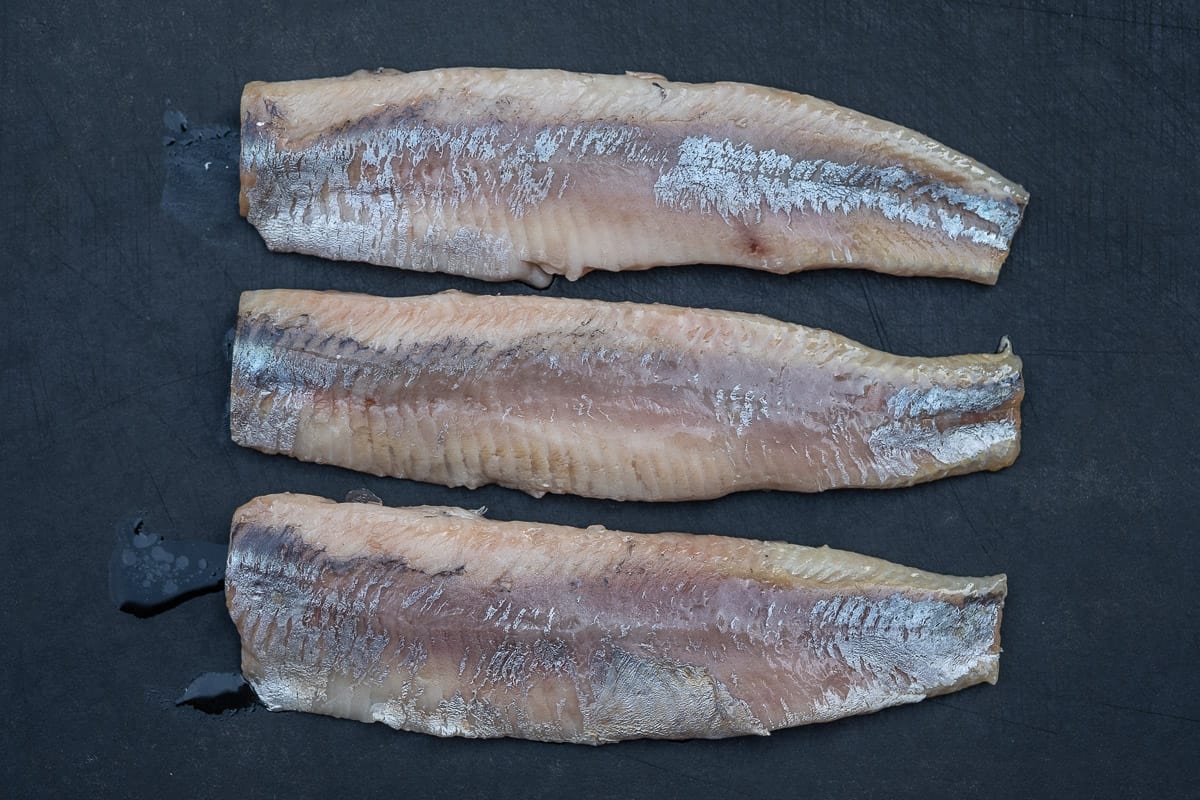
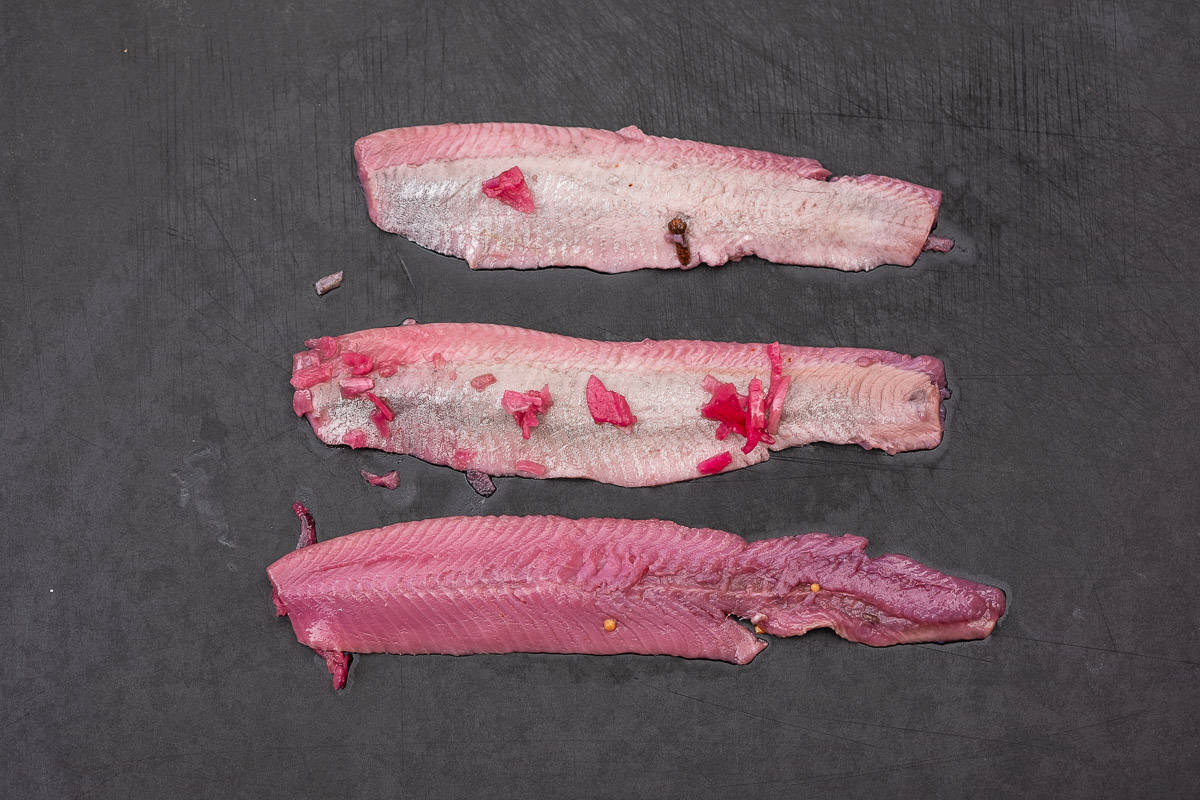
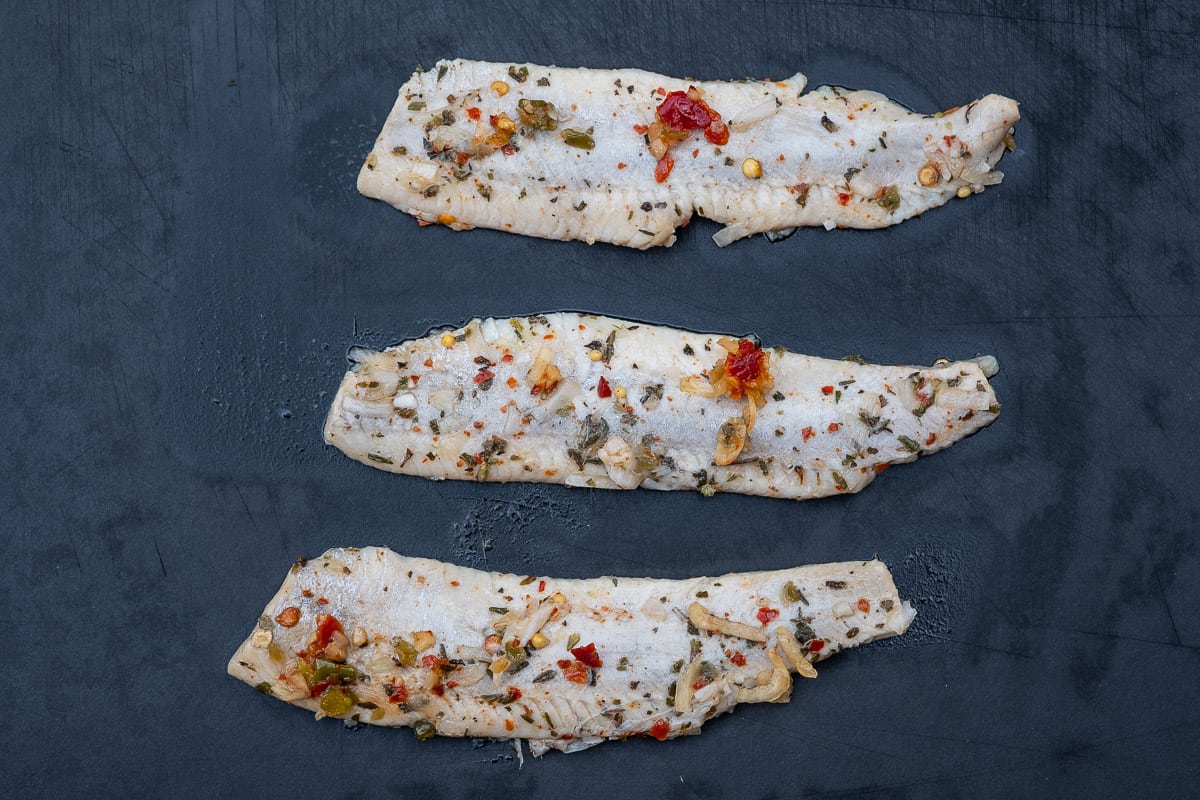
The different matjes preparations allow an infinite number of variations. Matjes with fig tastes, who would have guessed?
Says chef Thomas Sixt
4. Buying Pickled White Herring
The traditional matjes festivals take place in various towns along the coast at the end of May or beginning of June and remind us of the start of the matje season.
4.1 Glückstädter Matjes
Glückstadt in Schleswig-Holstein has a very long herring tradition and the Glückstädter Matjeswochen have been celebrated here for over 50 years.
Since 2015, the name “Glücksräder Matjes” has been included in the EU quality register and thus bears the seal protected geographical indication (PGI).
Top pickled white Herring comes from Glückstadt
Shopping Tip from Chef Thomas Sixt
4.2 Trading Forms Of Matjes In Germany
In Germany, there are four forms of trade for “Matjes”:
Matjes and matjes herring
This is the commercial designation for matjes traditionally matured with natural enzymes. Short freezing at -45°C and subsequent further processing to increase food safety is permitted within this designation.
Matjes fillets Nordic style
The fish is matured here by adding sugar, salt, spices and acidifiers and is additionally preserved by pickling in oil.
Herring Matjes style
This is the sexually mature herring, which is processed “Matjes-style”.
Herring that is not processed traditionally but by:
- Enzymes foreign to fish
- sugars
- Other products of starch saccharification
- Table salt
- with spices
- with saltpetre
…organically matured and otherwise “tastily” refined must be labelled on the German market as “Matjesfilet …” with an additional reference to the maturing process, e.g. Swedish style, Nordic style, or a similar reference.
5. Frequently Asked Questions About Matjes and Pickled White Herring
I have created an extra post for this in the cooking questions section. Please visit the Matjes and pickled white Herring Top 12 FAQ.
6. Matjes Recipes Ideas
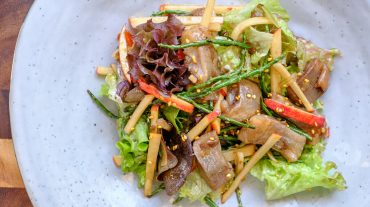
Matjes Salad with Sea Asparagus and Apple
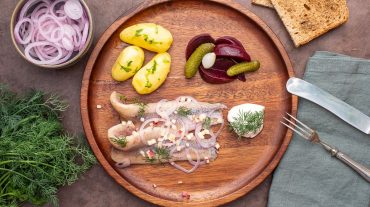
Matjes Pickled Herring Housewives Style Recipe
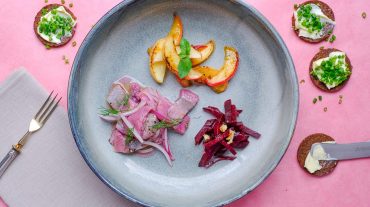
Matjes Pickled Herring Recipe with Beet and Apple
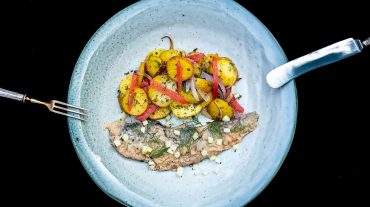
Pickled Fried Herring Recipe
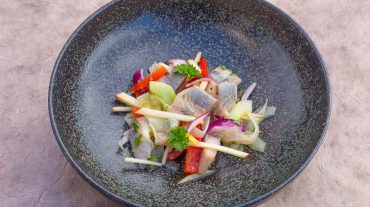
Fish Salad Recipe with fine Matjes or Bismarck Herring
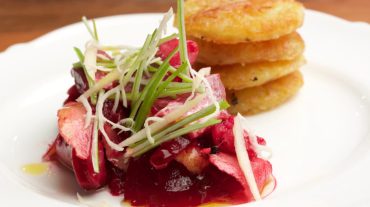
Herring Salad Recipe for Ash Wednesday
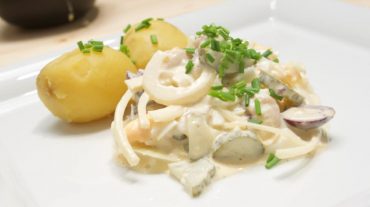
Make your own Matjessalad, Recipe with Variations, Tips and two Cooking Videos Instructions
